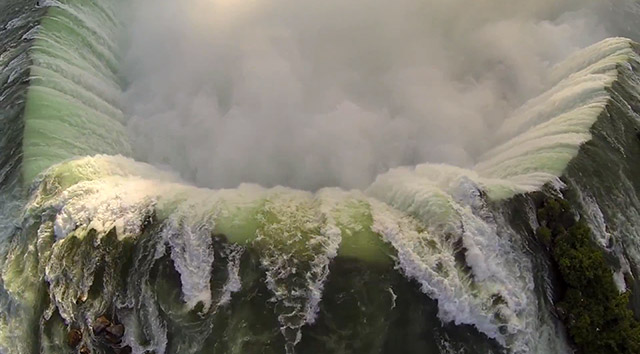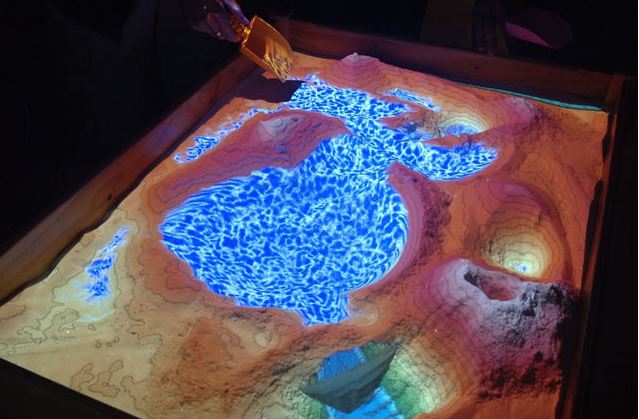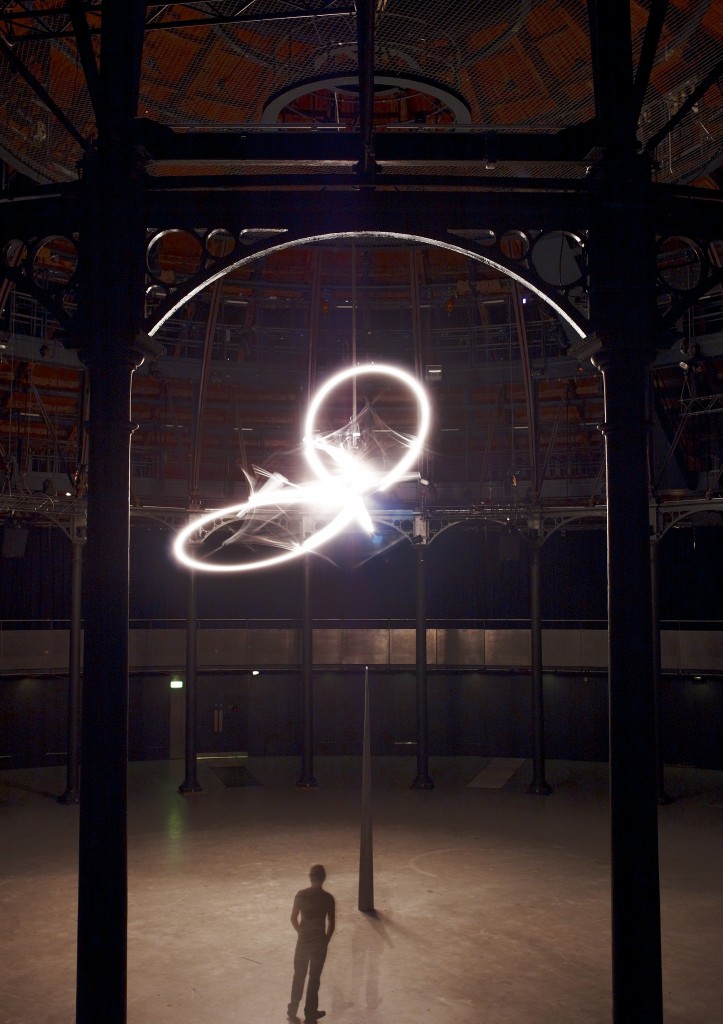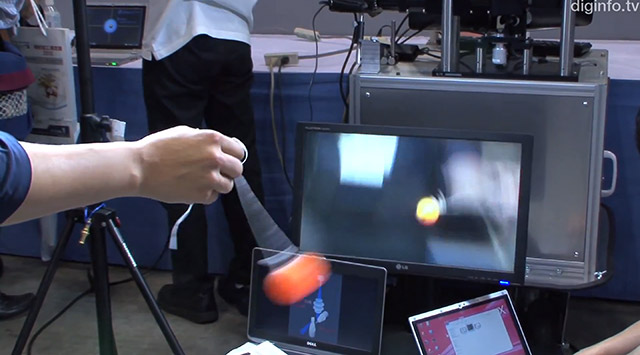An emerging technology that feels like it has the potential to offer some interesting experiences for specific installations is the drone. One example of the capabilities of these devices is this home movie of Niagara Falls created by a drone owner.
Some opportunities we in the museum field might explore with drones include giving visitors access to places they can’t physically explore and providing rare or inaccessible viewpoints. Just last week, while we were in the Pacific Northwest, the Woodland Park Zoo staff (avid readers of this blog) sent us an invitation to discuss their philosophy and approach to interpretation. The Zoo has award-winning experiences within large natural environments that mix species as they would be mixed in their natural ecosystems. The downside of this approach is that, at times, the animals are far away from the visitors. One of the ideas we brainstormed involved drones: Imagine letting visitors fly a drone out to find animals and observe them from a distance.
In addition to their function as remote viewers, drones also offer interesting insights into robotics, and they can provide excellent maker/tinkering opportunities. They offer a way for mobile device and their cameras to be used. Finally, they also provide a timely, relevant, and accessible experience through which to spark discussions about societal issues of technology, privacy, and information access.
Drones seem to be a ripe technology and medium for experience prototyping and designs.
We would love to hear your ideas about how drones might be used. Share your thoughts here.



